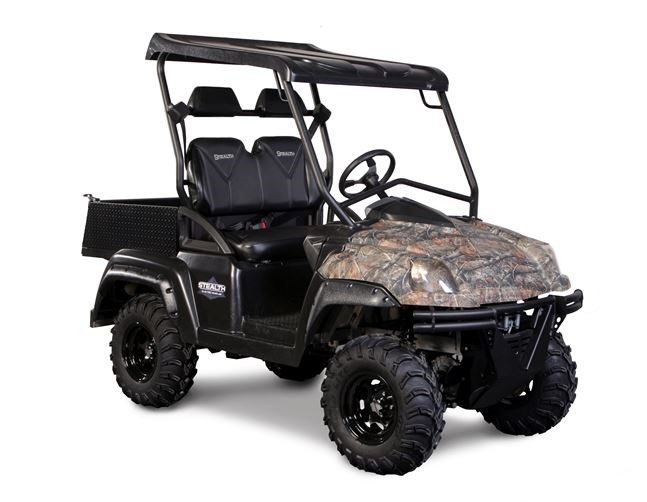About two weeks ago, I stopped by a gas station convenient store for a refill when I noticed a golfcar-type vehicle parked nearby. It immediately caught my attention because of its outstanding custom bodywork, spotless, bright grey metallic finish, and the innovative lighting assembly. The vehicle was lifted with chrome springs winking at me in the reflection of the neon lights of the gas station. It was electric-powered. In a word, it was fantastic.
Also, this was no “character” golf car in the sense of looking like a 1934 Ford Roadster, or something similar. This was a rakish, gorgeous item, that could be showboated around The Villages or Peachtree City to the envy of one and all.
Turns out the vehicle was custom-built by the owner of a local firm by the name of the Crompond Construction Company. Being electric-powered it was obviously driven to the Hess station for reasons other than fuel. The only information I could get at that time was from a fellow sitting in the passenger side of the vehicle, nursing a can of beer, so maybe that’s the kind of fuel the driver was in the convenience store buying? Anyway, I haven’t been able to follow up with this individual or the owner as yet, but it got me to thinking about what it takes to introduce a new small, task-oriented vehicle (STOV) and make a commercial success of it.
So, this is what I want to talk about in this column. There are many entrepreneurs out there that have the dream, and the mechanical ability, to build the “dream” STOV. What do they need to know and need to do bring the dream to reality? As I got into the subject, I realized this will be multi-part effort, but I want to get started on this important subject.
A Good Product, the Sine Qua Non
To dispose of one aspect of the question of a successful product right away: It has to be a solid, good product—not just with regard to the performance stats, but a capacity to endure over time with a reasonable level of cost of ownership.
I have made the argument often that the expansion of the STOV market does not depend on the quality or variety of products. There is an abundance of such vehicles currently available. That does not mean, of course, that product development need simply cease, but it does mean that product upgrades and introductions are an inter-company strategic competitive issue, which entrepreneurs must address, not so much an issue of total market expansion.
Good Products—a Necessary but Not Sufficient Condition
Suppose you, as an entrepreneur have a good product. That is necessary, but it is not sufficient for building a STOV business. There are numerous instances of this statement to make the proposition one chiseled in stone.

Perhaps the most graphic example is the demise of Stealth Manufacturing in 2013. This is a company that progressed from a small manufacturing base of 50 vehicles in 2004—sold locally for the most part—to an operation of respectable size with a manufacturing facility of 54,000 square feet in Georgia and a network of at least 70 dealers in 28 states (as of 2010—probably more by 2013). Its product line, at the time of its closing, was competitive with offerings from traditional golf car manufacturers (commercial utility vehicles) to offerings from the powersports industry.
Stealth Vehicles Well-Received
The products were, by all accounts, excellent with cutting edge features. The most prominent feature of its various product models was the fact they were electric, yet designed to serve a wide range of markets from hunting to construction. The company was also a pioneer in range-extending hybrid design. For example, the Stealth Nighthawk featured a 72 volt, 30 horsepower drivetrain, a 700 Amp controller, a auxiliary power unit feeding current through a power module to the batteries for extra distance. The vehicle featured a portable power station (120 AC, 12 volt DC) for had tools and the like, as well as on-demand four-wheel drive.
Stealth offered a variety of vehicles, including a crew version of the Nighthawk, which is another marker of success in the STOV industry, and, moreover, dealers seemed to be very high on the product and, by and large, regretted the company’s door-closing fate.
Moral of the Story
The details of just why the company failed would be intriguing indeed and worthy of a case study in an MBA course. I am guessing two reasons for their problems, the most prominent being a lack of financial planning. I am guessing that the facility expansion grew their debt load beyond what their market would support, despite the fact that the latter appeared to be growing. The second reason, and a major one, would be competition from across the spectrum of vehicles and markets that span the national market.
It is one thing to develop a successful locally-, even regionally-based market, where the pressure might be the ability to supply the market with relatively limited production capacity, to expansion to a national market where the competitive dimensions multiply by an order of magnitude.